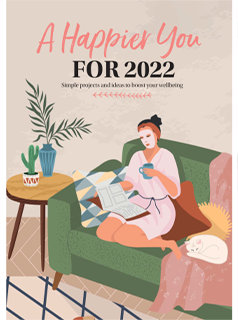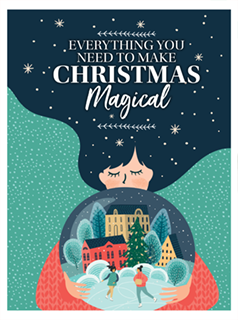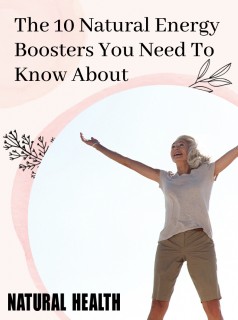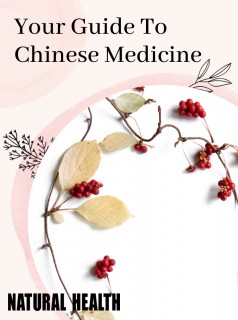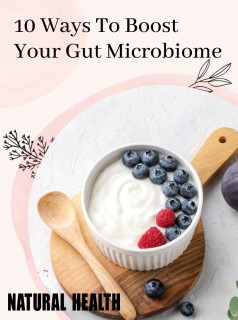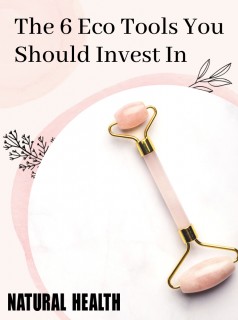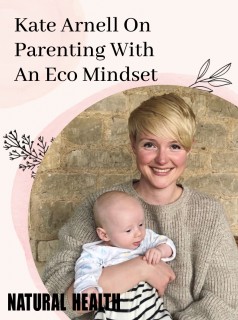Divine feminine energy conjures up images of strong goddesses languishing in nature and embracing their power; however, it can feel challenging to connect to this, especially if you’ve spent much of the past year and a half alternating between loungewear and your work uniform. Yet, as Andréa Ararê, a shamanic healer, explains, this energy resides in all of us. We just need to learn how to connect with it. “The feminine energy is soft and nurturing,” says Andréa. “It encourages us to connect to the natural world and to live in tune with our bodies. Yet, it’s so often undervalued in place of the masculine.”
What is feminine energy?
Ancient traditions throughout the world have long thought that two energies, the masculine and feminine, co-exist alongside one another to bring balance to the universe. The ancient Mayans defined feminine energy as caring and sharing, while the masculine was seen as striving and building. You may also be familiar with this idea in yoga traditions with Shiva and Shakti, and in Chinese philosophy with Yin and Yang. In more recent years, influential psychologist, Carl Jung, explored this idea in his theory of anima and animus. Animus describes the unconscious masculine energy present in women, while anima is the opposite in men. “Our bodies – regardless of gender – are built of a feminine and masculine energy,” explains Andréa. “The manifestation of these energies and the qualities they have help us to express ourselves in a healthy way. “The feminine is the nurturing and the rest. Too much of it and we wouldn’t get out of bed in the morning. The masculine is more striving and achieving – it helps us go to work or do the school run.” In the society that we live in today, masculine energies – such as goal setting and achieving targets – are more highly valued than the feminine. At the same time, many of us are struggling with stress, exhaustion and even burnout. As Andréa explains, it’s no coincidence. “Culturally, we’ve been led to believe that anything masculine is better,” she says. “We love to measure ourselves by goals. Working long hours is often worn as a badge of honour. Added to that, we’re always on the go. Our bodies cannot sustain that in the long term and the repercussions of this can be illness and discomfort. “With working women, society asks us to be feminine, but only in our appearance. “It’s difficult for men too. If a man shows more feminine qualities – such as sensitivity or gentleness – he’s called a ‘wimp’ or seen as ‘weak’.”
Unleash your inner wisdom
Bringing the feminine back into balance with the masculine can benefit not only ourselves, but the world around us. So just how do we tap into this nourishing energy? “Cultivating our feminine energy doesn’t mean we have to wear skirts,” says Andréa. “It means that we’re allowing more of those softer, more fluid and embracing characteristics to be present in our everyday.”
Connect to the natural cycles
The natural cycles of the Earth are a great starting point for embracing the feminine. There’s a saying that ‘no flower blooms the whole year round’ and it’s true for us too. “By following the natural cycles, such as that of the moon and the earth, we’ll notice that there’s always a pause for rest,” says Andréa. “The earth will rest in winter. The moon will rest during the dark and new moon phases.
We need to try and implement the same wisdom into our lives.” The menstrual cycle can also be helpful for finding times of rest. While the follicular and ovulatory phase may be a time for production and high energy, the luteal phase is a time for slowing down ahead of a restful menstruation.
Learn to slow down
When we’re on the go all the time, self-care can go out the window. But taking time to rest is essential for connecting to feminine energy. Find practices that encourage you to slow down is something that can help. It might be something as simple as taking a pause to enjoy a steaming mug of herbal tea or sitting in a park and watching the world go by on your lunch break. Make habits more mindful – whether it’s taking the time to savour a square of chocolate melting in your mouth or enjoying the scent of your morning coffee. Appreciating life’s pleasures and being present is all part of the practice. Gentle yoga, meditation, long baths, and leisurely walks in nature are all ideal for incorporating into your routine.
Rediscover your body
A masculine-dominant society has created a level of stigma and shame that continues to surround women’s bodies. We see it in the taboo still often linked to natural phases of a woman’s life, from menstruation to menopause. As a result, many of us have become disconnected from our body and its needs. “There are so many books and alternative therapies available that explain how every part of your body works,” says Andrea. “Knowledge is power and by connecting to your body, you’ll be able to listen to it and respond to its needs.” Practices that encourage you to befriend your body are an important step too. Learn self-massage, or take time to rub nourishing oils into your skin. Eat nutritious foods and move in ways that feel good. Find ways to enjoy being in your body
Article by
Amy Moore
Yoga instructor and freelance journalist
Amy is a yoga instructor and freelance journalist specialising in health and wellness.
Discover more
Article by
Amy Moore
Yoga instructor and freelance journalist
Amy is a yoga instructor and freelance journalist specialising in health and wellness.
Discover more








